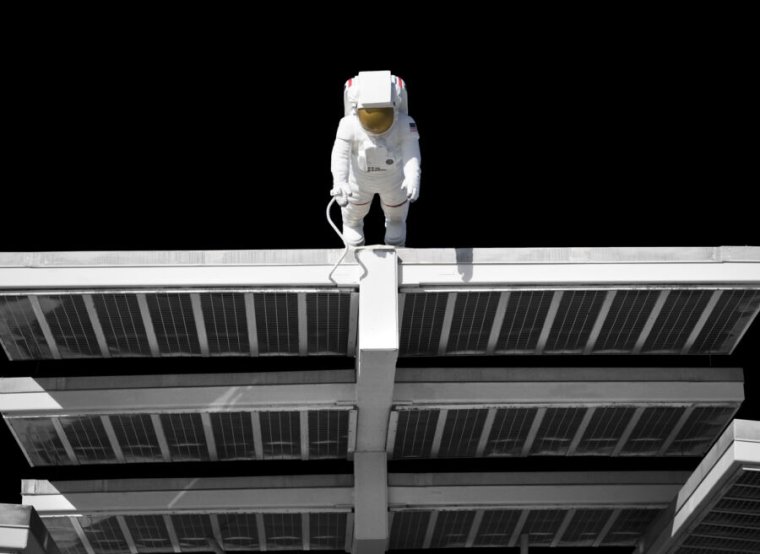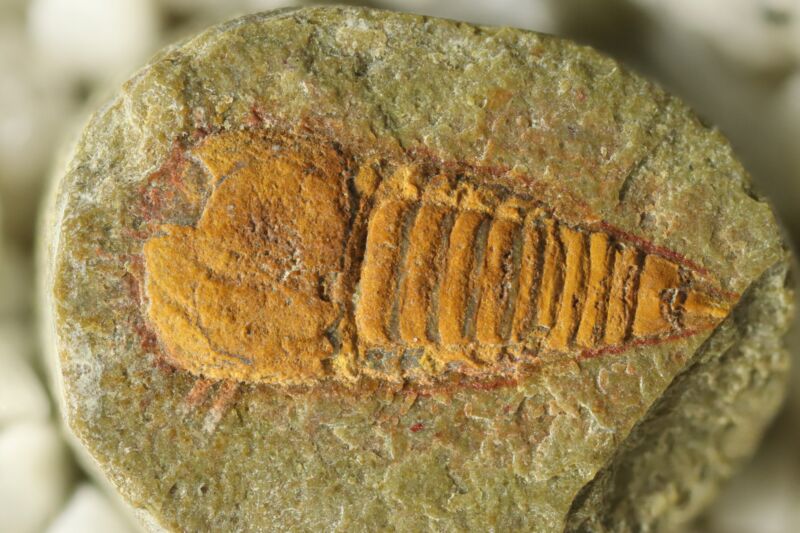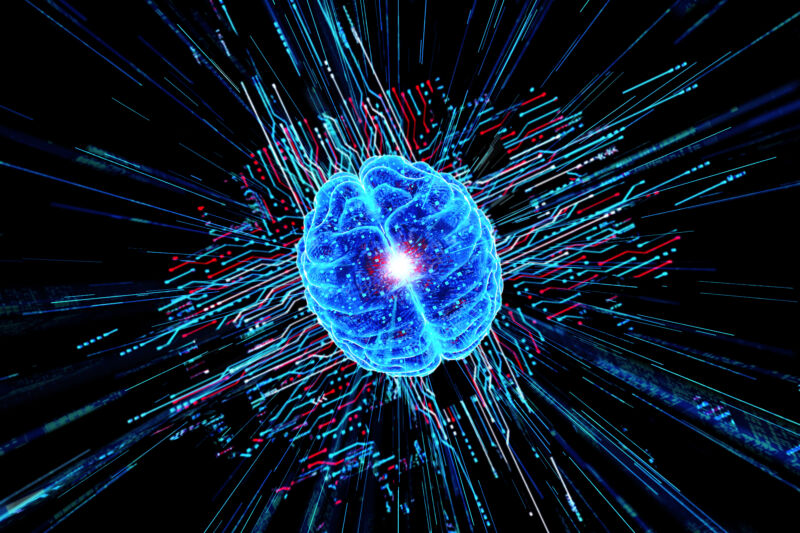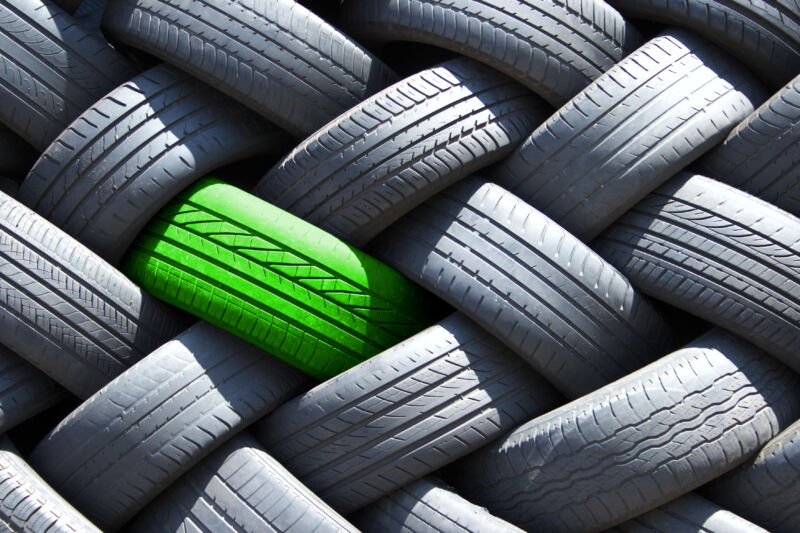Coal-filled trains are likely sending people to the hospital

Enlarge (credit: Bloomberg Creative Photos)
Although US coal consumption has fallen dramatically since 2005, the country still consumes millions of tons a year, and exports tons more—much of it transported by train. Now, new research shows that these trains can affect the health of people living near where they pass.
The study found that residents living near railroad tracks likely have higher premature mortality rates due to air pollutants released during the passage of uncovered coal trains. The analysis of the San Francisco Bay Area cities of Oakland, Richmond, and Berkeley shows that increases in air pollutants such as small particulate matter (PM 2.5) are also associated with increases in asthma-related episodes and hospital admissions.
"This has never been studied in the world. There's been a couple studies trying to measure just the air pollution, usually in rural areas, but this was the first to both measure air pollution and trains in an urban setting," said Bart Ostro, author of the study and an epidemiologist at the University of California, Davis.





